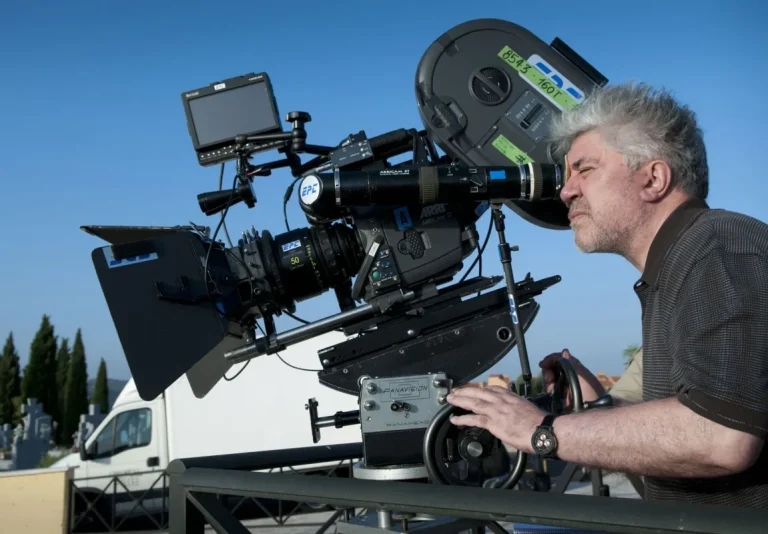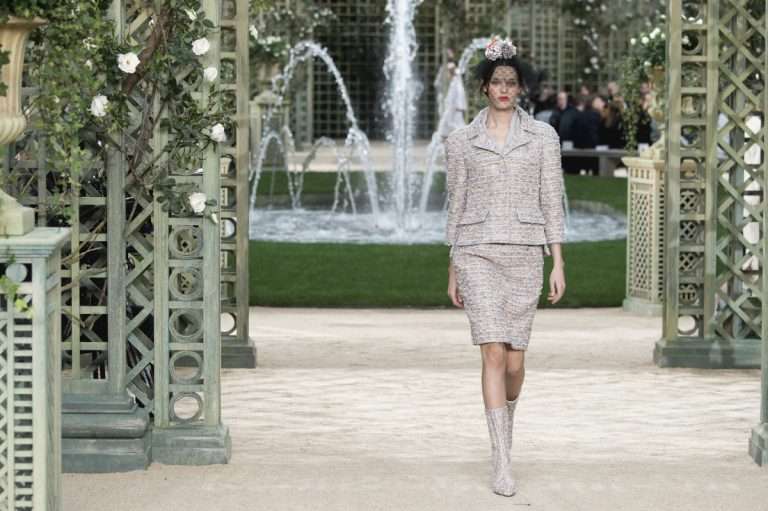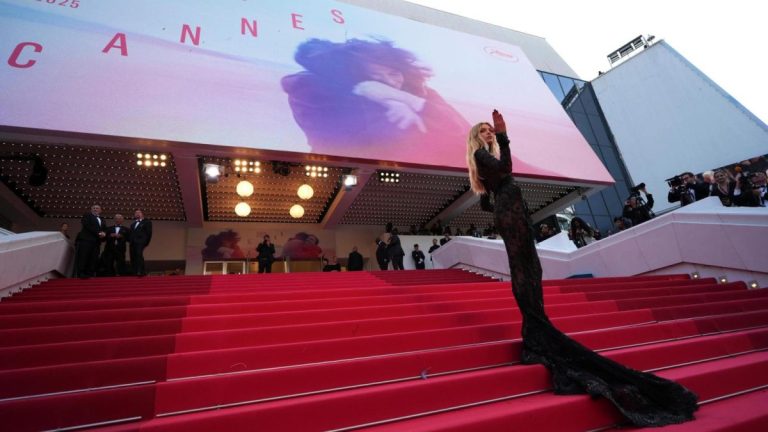Sometimes it can seem as if the line between dystopian fiction and daily headlines is growing increasingly thin. That’s why Oscar-winning director Asif Kapadia has crafted something unprecedented: a documentary set in the future. His film, 2073, blends real archival footage with speculative fiction, creating what Kapadia called “a time capsule” of our present moment viewed through the lens of tomorrow. While the concept might sound like pure science fiction, the film’s most chilling aspects come straight from our present reality. “The most terrifying things in the film are facts,” Kapadia emphasized in an interview. “The most shocking things are being said by real people who are actually now in power.”
The origins of 2073 lie not in science fiction but in Asif Kapadia’s growing unease about global patterns he has observed while traveling the world. “This film came out of my gut instincts and a feeling about something that’s going on globally,” he told Variety. The director found himself noticing similarities in political movements, technology usage, and social control across different continents and cultures.
Rather than create a straightforward documentary, Kapadia drew inspiration from Chris Marker’s influential 1962 short film La Jetée, which told a time-travel story entirely through still photographs. “That idea, that basic principle, I thought, ‘Well, if he can do it with stills, and everyone else has done it with big budgets and fiction and movie stars, can I do the same thing using archive?’” The answer led him down an unprecedented path in documentary filmmaking.
Asif Kapadia: Breaking New Ground
The film’s ambitious production involved merging cutting-edge technology with traditional documentary techniques. Working with cinematographer Bradford Young, known for Arrival and Solo: A Star Wars Story, Kapadia shot the dramatic sequences on LED stages similar to those used in The Mandalorian. “We had five days on this film to do everything,” Kapadia reveals, noting that the compressed schedule actually helped maintain the project’s independent spirit. The dramatic sequences, starring Samantha Morton as a survivor in this future world, were created using state-of-the-art virtual production techniques, allowing the team to create futuristic environments on a limited budget.
What sets 2073 apart from traditional science fiction is its foundation in documentary evidence. The film weaves together footage from approximately 60 different countries, repurposing these images to tell a story of how our present leads to its imagined future. “Every part of the scariest things, the worst things, the most epic things, the most terrifying moments — they’re all factual,” Kapadia emphasized in an interview with CBR.
The film’s opening sequence uses recent footage from global conflicts, natural disasters, and political upheavals, presenting them in a new context that makes viewers question whether they’re watching past, present, or future events. This deliberate blurring of timelines serves to underscore the film’s central thesis: The future it depicts is already taking shape around us.
The Journalist’s Perspective
At its heart, 2073 is as much about the present as the future, and particularly about those trying to document our current moment. The film features three women journalists — Carole Cadwalladr, Maria Ressa, and Rana Ayyub — whose real-world struggles mirror the film’s themes. Each has faced significant personal and professional risks for their reporting: legal challenges, online harassment, and even death threats.
“If you are really lost for words and don’t know what to do, then I would say the key thing about the film is that it’s also an ode to journalism,” Asif Kapadia said. The journalists’ stories serve as a warning about the fragility of truth in an era of increasing authoritarianism. “They are doing a lot of work, essentially for us, to kind of protect us,” Kapadia noted, adding that their stories highlight how “journalism, newspapers, media organizations — they’re all under attack, they’re all being cut down, because people don’t want that kind of journalism anymore.”
Since its premiere at the Venice Film Festival, 2073 has generated intense reactions from audiences worldwide. “Every time I’m in the room, the film changes depending on who’s watching the film because different scenes have a different resonance to that audience,” Kapadia explains. In Spain, audiences connected with the climate crisis elements; in New York, political themes resonated more strongly.
However, getting the film to screens hasn’t been easy. “A lot of [distributors] just don’t want to touch politics,” Kapadia revealed. “They don’t want to go anywhere near anything political. They don’t want to piss off any world leaders because it might affect where their service is available.” The film’s hybrid nature also posed marketing challenges. Eventually, Neon, known for backing unconventional films, stepped forward to support Kapadia’s vision.
The Future of Documentary
With 2073, Asif Kapadia may be pointing the way toward documentary’s future. By breaking down the barriers between fact and fiction, past and future, the film suggests new possibilities for nonfiction storytelling. “I want cinema to survive,” Kapadia declared in an article on Talkhouse. “And in order for cinema to survive, we need independent companies that want to protect that.”
As audiences experience 2073, they’ll find something rare: a film that’s both experimental in form and urgent in content. By showing us our present through the lens of an imagined future, Asif Kapadia has created something that transcends both documentary and science fiction to become something new — a warning, a wake-up call, and perhaps most importantly, a call to action. In doing so, he may have also created a new template for how documentary film can engage with our increasingly complicated reality.





